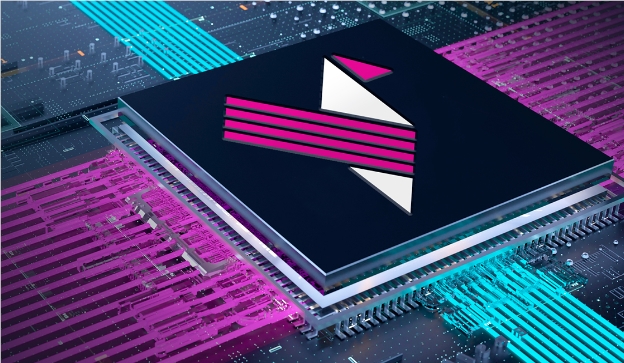MIPS has released the new P8700 CPU for ADAS and autonomous vehicle applications, a processor based on RISC-V architecture designed to meet the growing demand for low latency and high intensity data processing in the automotive industry. The P8700 processor adopts an efficient multi-threading architecture that reduces the number of cores while reducing power consumption, thereby improving computing efficiency and reducing costs. Its multi-threaded design and specific architecture for automotive applications enable it to process large amounts of data from multiple sensors in real time and supports efficient AI accelerators to provide high-performance, low-power computing systems for automotive OEMs. The processor has entered the production series of several major OEMs and has established partnerships with key customers such as Mobileye.

Samir Vasson, CEO of MIPS, said in an interview with VentureBeat that the P8700 processor is designed to meet the automotive industry's growing demand for low latency and high intensity data processing, providing excellent computing power, energy efficiency and scalability . He pointed out that with the development of autonomous driving technology, computing demand in cars is also evolving, transforming from traditional microcontrollers to more efficient AI computing.
Traditional ADAS solutions often rely on increasing processing cores and increasing clock frequency, and this "brute force" approach is not efficient enough. The P8700 processor uses a multi-threaded and energy-efficient architecture, allowing customers to reduce the number of CPU cores while reducing thermal design power consumption (TDP), allowing OEMs to develop ADAS solutions in a more cost-effective way.
Vasson also mentioned that in the current automotive market, there is a urgent need for CPUs that can process large amounts of data from multiple sensors in real time to support efficient AI accelerators. MIPS' multi-threaded design and automotive application-specific architecture can provide high-performance, low-power computing systems for automotive OEMs.
The MIPS P8700 processor has now entered the production series of several major OEMs and has established partnerships with key customers such as Mobileye. Mobileye’s vice president of engineering said the MIPS P8700 core will drive its further development in ADAS and autonomous driving, improving performance and efficiency.
In general, MIPS's P8700 series processors adopt the RISC-V RV64GC architecture, with the characteristics of multi-core, multi-cluster and multi-threading. It is designed with functional safety standards in mind to ensure reliability of automotive applications. MIPS plans to showcase this innovative product at the upcoming CES 2025 show.
Official introduction: https://mips.com/
Key points:
MIPS launches P8700CPU, based on the RISC-V architecture, focusing on ADAS and autonomous driving applications in the automotive industry.
The P8700 processor adopts an efficient multi-threading architecture, which can reduce core count, reduce power consumption, and improve computing efficiency.
Cooperate with well-known customers such as Mobileye to promote the development of autonomous driving technology and help the future of the automotive industry.
The release of the MIPS P8700 processor marks another important progress in the automotive field of RISC-V architecture. Its high efficiency and low power consumption will effectively promote the rapid development of ADAS and autonomous driving technology and bring more benefits to the automotive industry. Cost-effective solution. We look forward to seeing more details about this processor at the 2025 CES show.